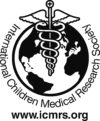Does the Recommendation to Use a Pacifier Influence the Prevalence of Breastfeeding?
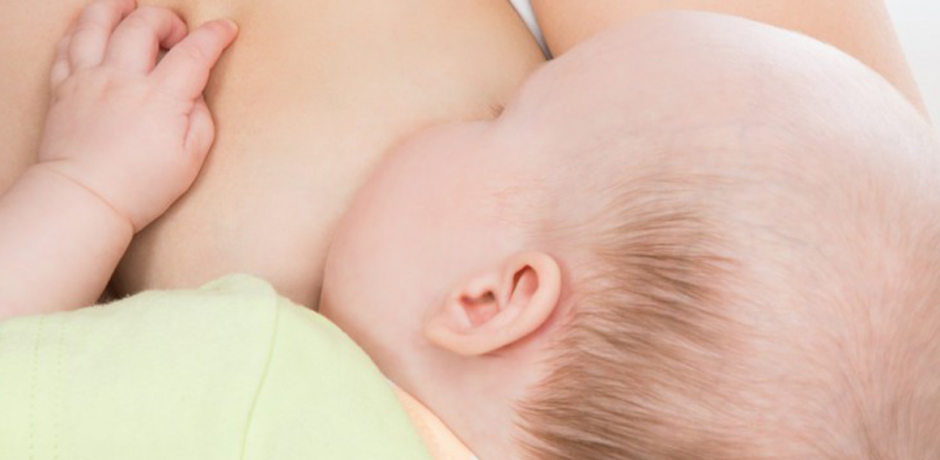
A low prevalence and duration of breastfeeding increase the risk of infant morbidity and mortality in both developed and developing countries. In 1989, the World Health Organization and United Nations Children’s Fund introduced the ‘‘10 steps for successful breastfeeding’’. To assure that breastfed babies are not deterred fromlearning how to suckle the breast, and thereby from maximizing mothers’ milk supply, step 9 states: ‘‘Give no artificial teats or pacifiers to breastfeeding infants.’’ However, research now indicates an association between pacifieruseandareducedriskof sudden infantdeathsyndrome (SIDS), leading to the revisedAmericanAcademy of Pediatrics statement: ‘‘Consider offering a pacifier at nap time and bedtime. For breastfed infants, delay the introduction of a pacifier until the infant is 1 month old, to ensure the breast-feeding is firmly established.’’ Concerns have been raised that pacifiers may result in reduced duration of breastfeeding. Much of the controversy results from the inconsistency in research findings related to breastfeeding and pacifier use. Several observational studies published since the Baby-Friendly Hospital Initiative was developed indicate an approximate doubling of the risk of early weaning with daily pacifier use. The question of whether such an association is causal remains: pacifier use could be a marker of breastfeeding difficulties or a mother’s reduced motivation to continue breastfeeding. Randomized controlled trials in developed countries have not shown that recommending a pacifier results in shorter breastfeeding duration, except when it is started in the first 5 days after birth. Because of the scarcity of studies with sufficient power and rigorous design to address the impact of recommending pacifiers on breastfeeding, we conducted a multicenter, randomized, single blind, non-inferiority trial to assess the effects of such a recommendation after 2 weeks of age on breastfeeding prevalence and duration.
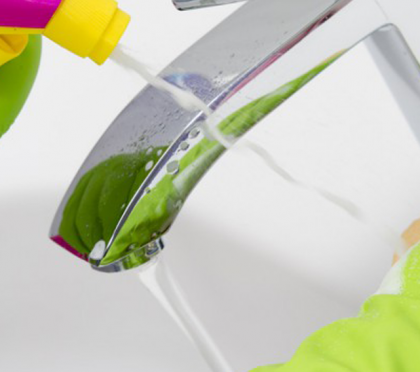
A literature review and a survey of the major allergens in household products taken from the German retail market
Excerpt from the Study: Natural Rubber Latex Protein Allergy: A literature review and a survey of
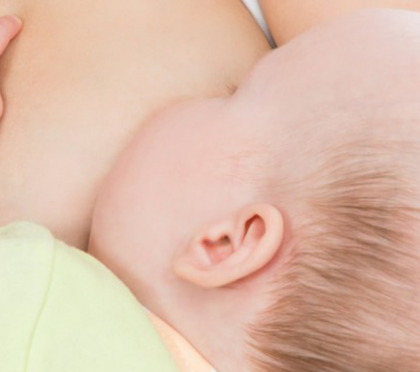
Does the Recommendation to Use a Pacifier Influence the Prevalence of Breastfeeding?
A low prevalence and duration of breastfeeding increase the risk of infant morbidity and mortality
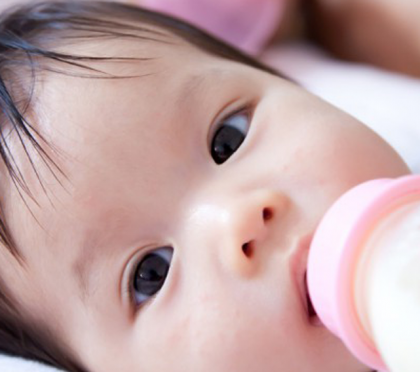
A New Bottle Design Decreases Hypoxemic Episodes during Feeding in Preterm Infants
Oxygen saturation is lower during bottle feeding than during breastfeeding in preterm infants. Our
